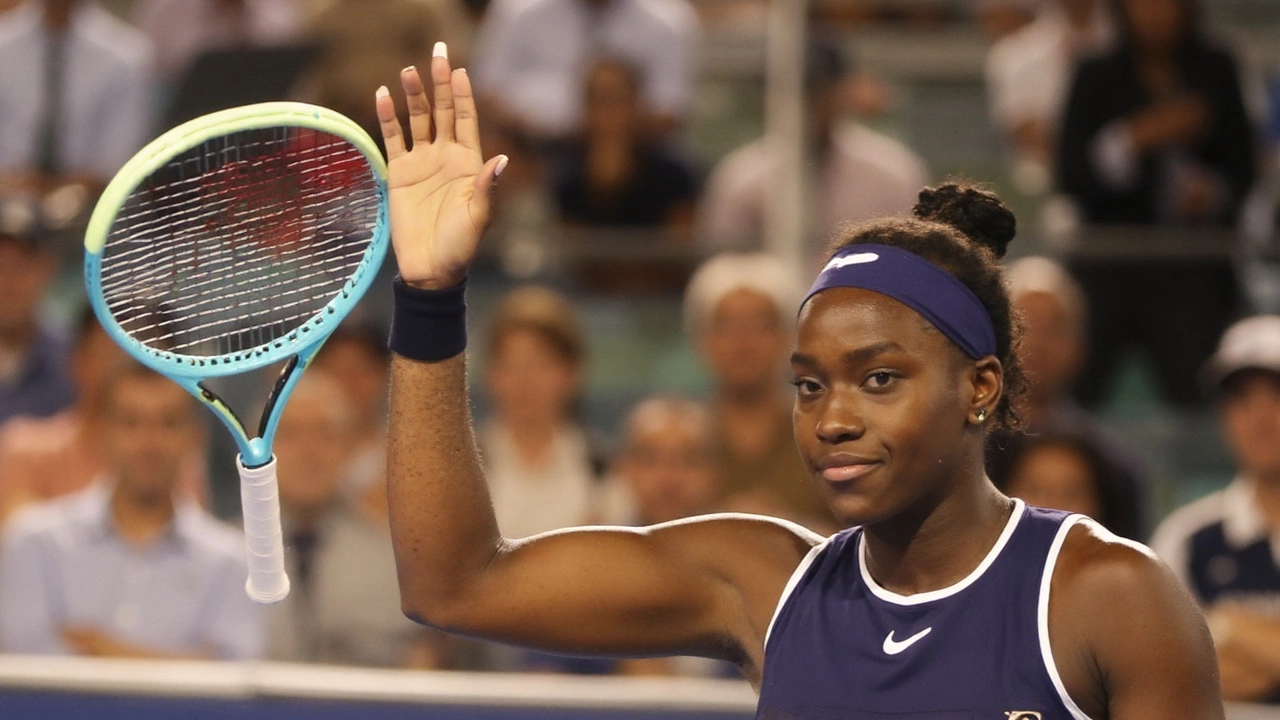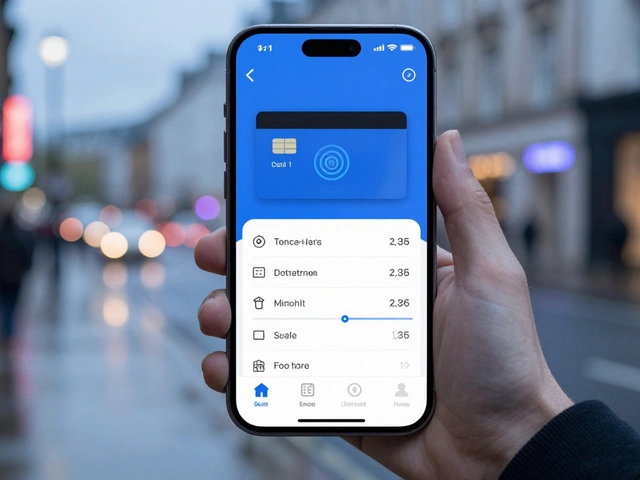A quick Alcaraz win gave Sabalenka a rare early night
Aryna Sabalenka didn’t just advance to the third round on Arthur Ashe Stadium—she did it at a reasonable hour. Slotted second in the night session, the defending champion benefited from Carlos Alcaraz’s brisk, 96‑minute victory over Italian qualifier Mattia Bellucci. Because the opener wrapped fast, Sabalenka got on court without the usual midnight wait and closed out her own match before 11 PM at the US Open.
That small scheduling gift mattered. Sabalenka has lived the other version of New York nights, the ones that start after midnight and end in the early hours. During her title run last year, she weathered those marathons, but the cost adds up: long post‑match cooldowns, delayed meals, and sleep that starts when the sun is thinking about rising. On Wednesday, she didn’t have to dig that deep. After her win, she made a point of thanking Alcaraz for moving the evening along.
For Alcaraz, who burst onto the Grand Slam stage by winning in New York in 2022, this was routine excellence with ripple effects. He controlled the points, avoided long deuce games, and never let the match linger. Bellucci, stepping into the sport’s biggest stadium as a qualifier, had his moments but couldn’t stretch it into a three‑hour grind. The result was a tidy opener, a steady schedule, and a clear runway for the second match.
Sabalenka took full advantage. An earlier start meant a proper recovery window—time for an ice bath, treatment, a proper meal, and actual sleep. Players and trainers often say the hour you finish matters almost as much as the opponent you face. When the body is already dialed up for prime time, a 1:30 AM finish can steal an entire next day. An 11 PM wrap? That’s manageable, especially early in a two‑week major.

Night-session timing keeps stirring debate in New York
Late nights are part of the New York tennis mythos, but they come with a price. The evening ticket on Ashe has two matches: one men’s, one women’s, starting around 7 PM. If the opener stretches past three and a half hours, the second match can start close to midnight. Players wait in locker rooms, keep warming up, eat at odd hours, and guess at start times that slip in 10‑minute increments. When matches run long, recovery shrinks to a few hours before the next day’s obligations.
That’s why a quick first match can change everything. It keeps players on something like a normal schedule and minimizes the knock‑on effects for coaches, ball crews, transportation, TV crews, and fans trying to get home. Wednesday offered a clean example: a straightforward win for Alcaraz, a timely start for Sabalenka, and a night that didn’t leave half the stadium shuffling out at 2 AM.
The sport is still wrestling with the balance. Prime‑time tennis draws big audiences and electric atmospheres, and New York’s night sessions are a signature. But players have pushed back on finishes that bleed into the morning. Ideas that circulate every year include earlier start times, tighter warm‑up windows, stricter cut‑offs for when a second match can begin, and small tweaks to the order of play when a day session overruns. None of these fixes are simple—they collide with broadcast slots, ticketing, and weather—but the conversation isn’t going away.
Beyond the schedule, Wednesday’s results feed into bigger storylines. Alcaraz remains a central figure in New York, where his all‑court game and quick tempo fit the stage. His efficiency against Bellucci kept him fresh for the next round and, incidentally, helped a fellow contender. Sabalenka’s smoother night supports a title defense that demands clean management of workload in week one: conserve early, peak late.
There’s also the human side. Players notice when colleagues help keep the train running on time, even unintentionally. Sabalenka’s public thanks underlined that shared reality. They’re competitors, sure, but they’re also co-workers moving through the same tournament machinery—same locker rooms, same wait times, same recovery routines.
Zoom out, and Wednesday looked like a blueprint for the night session at its best: two high‑profile matches, a lively crowd, drama on court without chaos off it. When the opener doesn’t sprawl into a four‑hour epic, the second match gets the audience it deserves, not a half‑empty arena of diehards. For Sabalenka, it meant a cleaner path into the third round and a chance to keep her energy bank full for the deeper tests ahead.
As the tournament rolls on, the schedule will tighten and the stakes will climb. Rain delays, five‑set marathons, and split‑set tussles will test the timetable. But on this night, the math broke in Sabalenka’s favor. One swift win opened the door for another, and a thank‑you from across the draw told the story: sometimes the biggest assist comes from the match you don’t play—and the hours you don’t lose.



